
Wenatchee River Institute
The Leavenworth Spring Bird Fest, put on by the Wenatchee River Institute and North Central Washington Audubon Society, occurs every 3rd weekend in May.

Conservation Northwest
photo credit: Justin Haug
Conservation Northwest collaborates with conservation groups to assist Colville Confederated Tribes to acquire massive Okanogan land tract. The 9,243 acre property is both an ecological linchpin and part of the Tribes’ original reservation.

Chelan-Douglas Land Trust
Wenatchee Foothills, Horse Lake Preserve
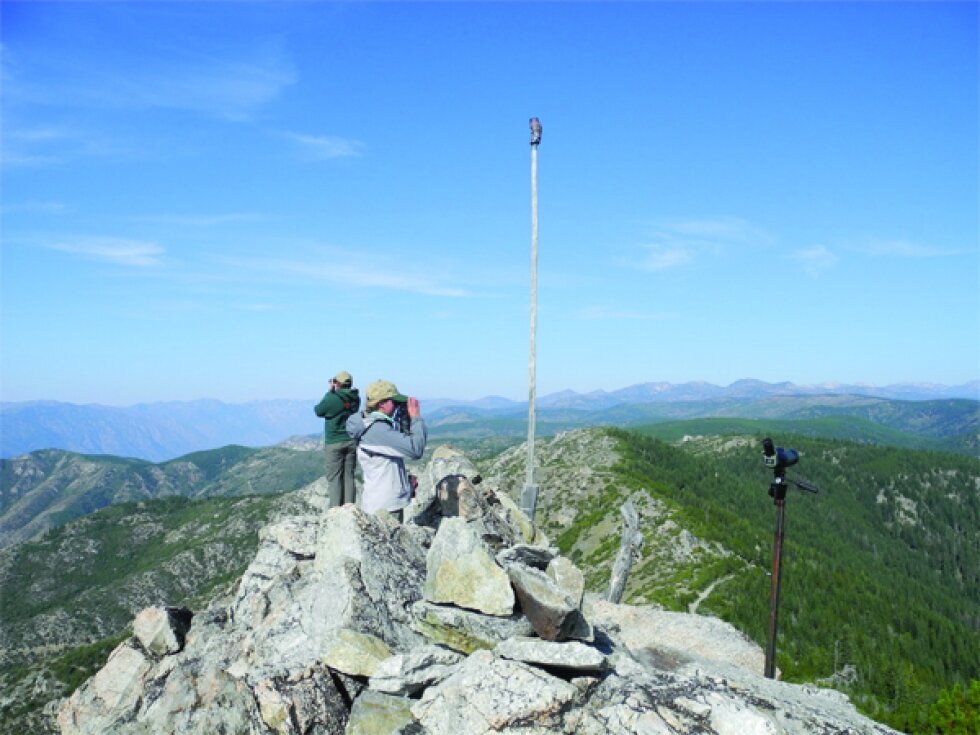
Hawkwatch International
After exploratory surveys at Chelan Ridge HawkWatch in 1997, HWI, in partnership with the USFS Okanogan-Wenatchee National Forest, began annual standardized counts at the site in 1998 to monitor and learn more about raptors migrating through the east Cascades of Washington within the Pacific Coast Flyway. Counts typically range between 2,000-3,000 migrants of up to 17 species per season. The most commonly seen species are the Sharp-shinned Hawk, Red-tailed Hawk, Cooper's Hawk, Northern Harrier, Golden Eagle, and American Kestrel. HWI has also been banding raptors at Chelan Ridge since 2001 and has used the site to conduct satellite tracking research.
Chelan Ridge HawkWatch is located on USFS Okanogan-Wenatchee National Forest public land, and we welcome people and groups to visit and learn about raptor migration and local ecology.
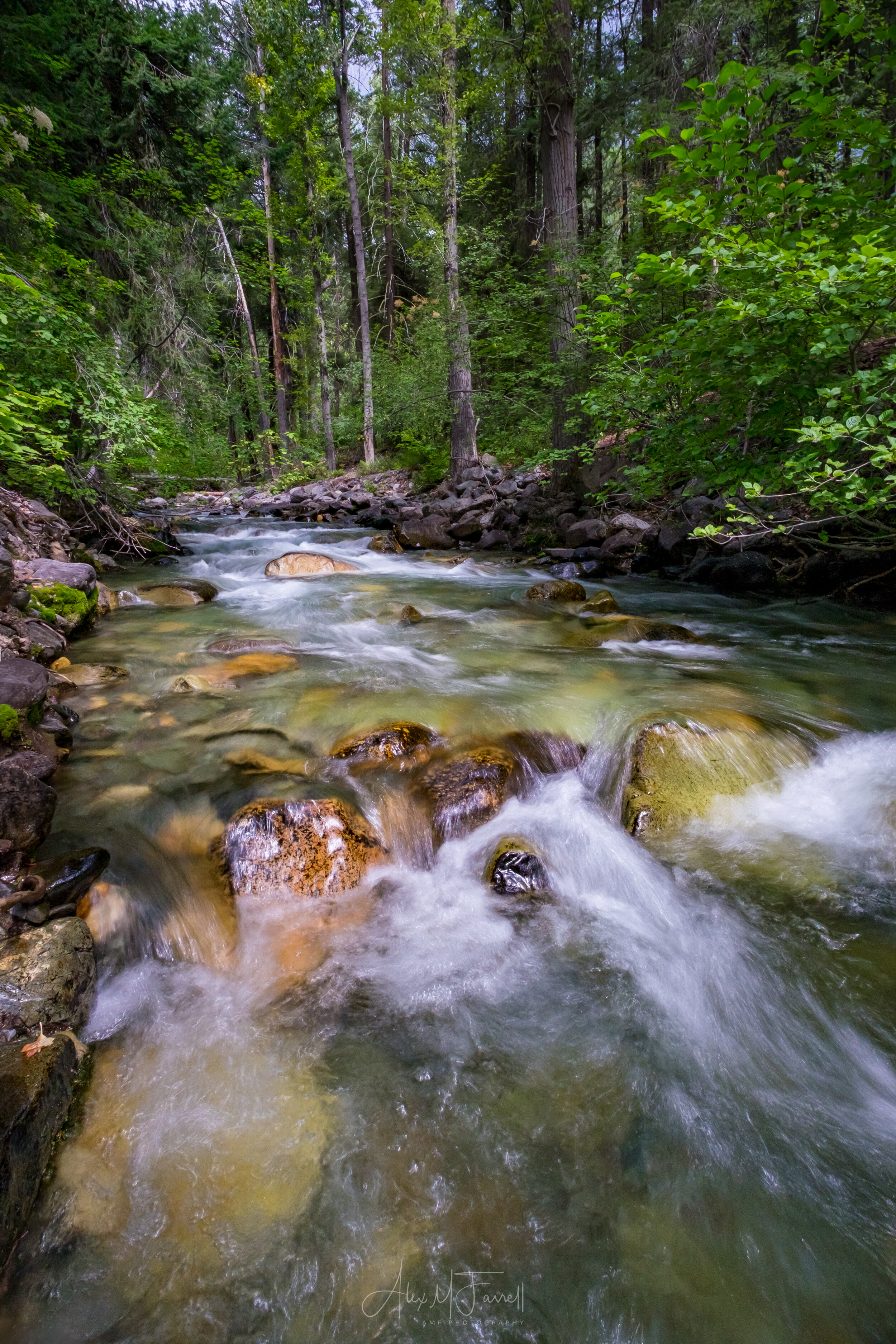
Methow Valley Citizens Council
photo credit: Alex Farrell
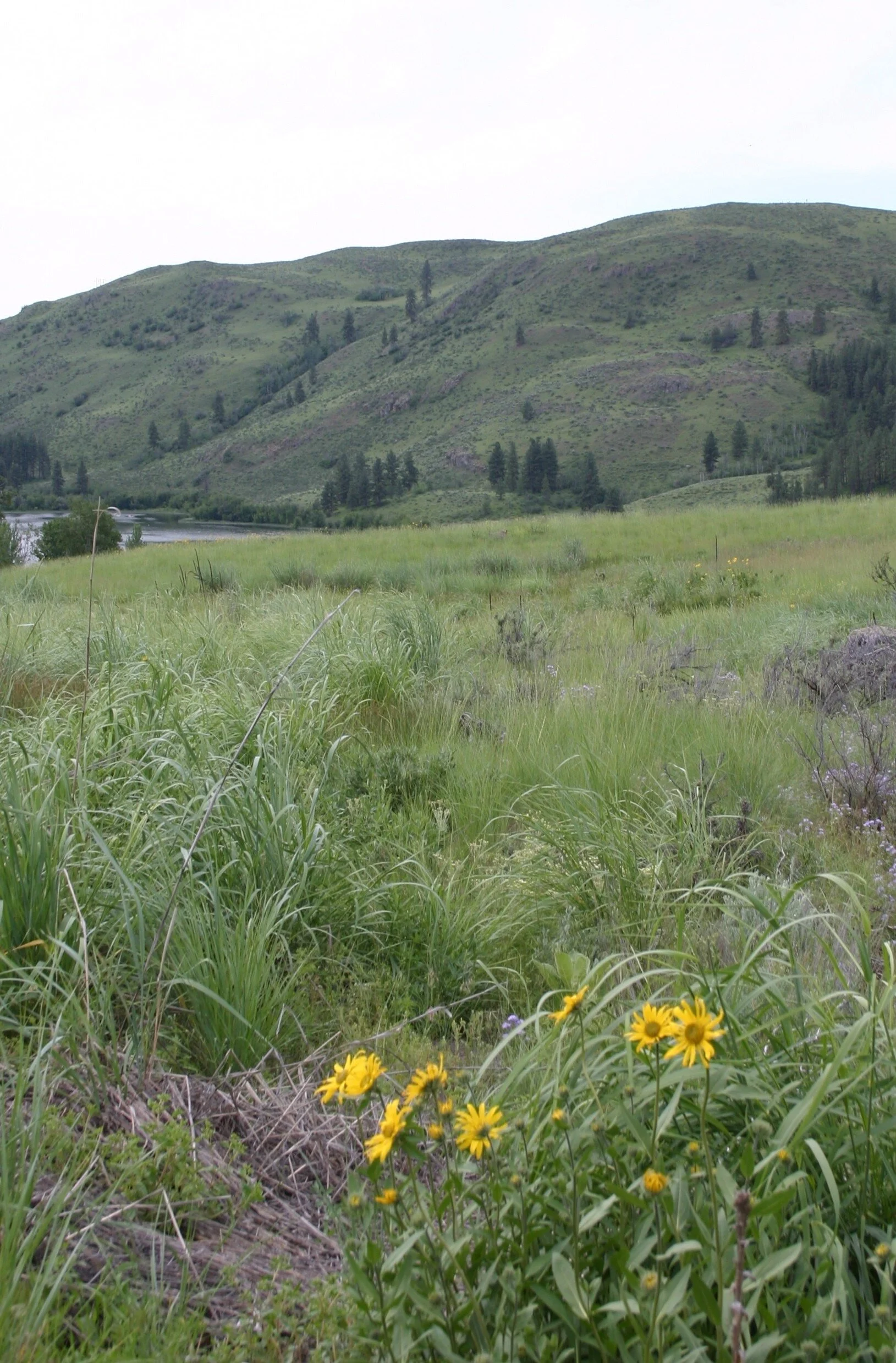
The Trust for Public Land
Pearrygin Lake, Methow Valley
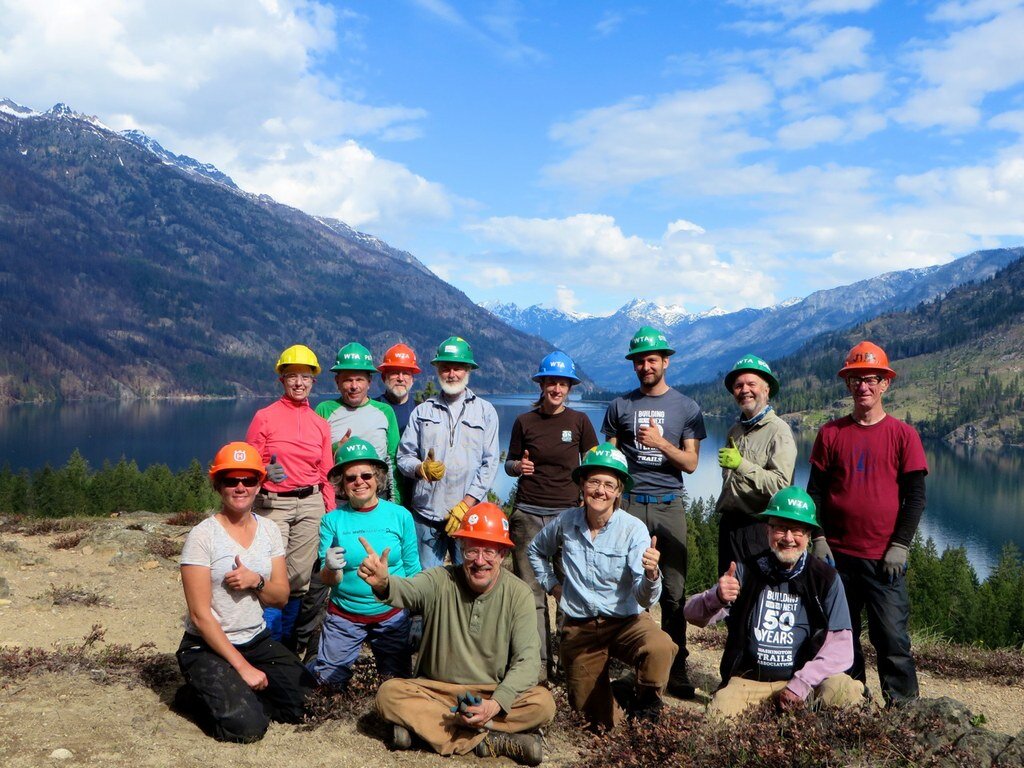
Washington Trails Association
Washington Trails Association mobilizes hikers and everyone who loves the outdoors to explore, steward and champion trails and public lands.
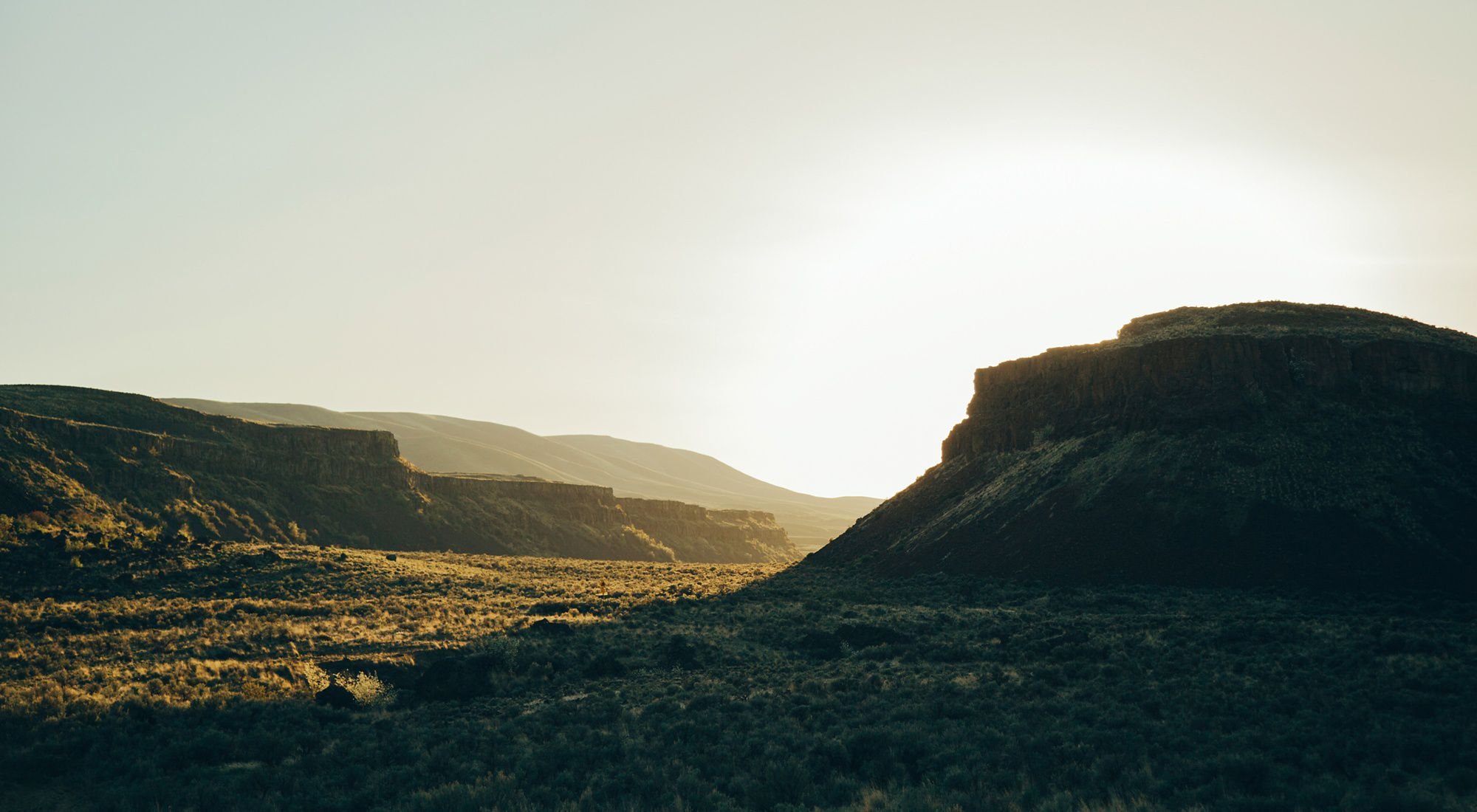
The Nature Conservancy
The Nature Conservancy
The Nature Conservancy’s largest preserves in Washington are on the spectacular Columbia Plateau. Here we are protecting and restoring the fabled sagebrush country of wide-open skies, dramatic geology and amazing desert species.
With its Ice Age floodcarved, steep-walled coulees, its pothole lakes, dunes, haystack boulders, waterfalls and scablands—this area is home to a rich and fragile mosaic of rare living things. Between the shrubs and grasses grow a profusion of wildflowers, including sulfur lupine and the vibrant bitterroot, long a favorite food harvested by native peoples. Totaling more than 30,000 acres, The Nature Conservancy’s Moses Coulee/Beezley Hills Preserve is an especially rich and diverse example of Washington’s shrub-steppe.








